June 27, 2013
Under a quarter of US staff enjoy optimal working environment, claims report
 Architecture firm Gensler has released the results of its 2013 US Workplace Survey. The report claims that under a quarter (24 percent) of US workers work in an optimised working environment with the remainder suffering from unnecessary lost productivity and a lack of innovation and engagement. The survey of more than 2,000 knowledge workers from across the US examined specific design factors across four work modes defined by Gensler: focus, collaboration, learning and socialising. The report concludes that the modern workplace has a number of new and increasingly important drivers including new technology, globalisation, generation Y and so on which define where, when and how workers perform their jobs and concludes that the ability to balance focus and collaboration with strategic workplace design is essential.
Architecture firm Gensler has released the results of its 2013 US Workplace Survey. The report claims that under a quarter (24 percent) of US workers work in an optimised working environment with the remainder suffering from unnecessary lost productivity and a lack of innovation and engagement. The survey of more than 2,000 knowledge workers from across the US examined specific design factors across four work modes defined by Gensler: focus, collaboration, learning and socialising. The report concludes that the modern workplace has a number of new and increasingly important drivers including new technology, globalisation, generation Y and so on which define where, when and how workers perform their jobs and concludes that the ability to balance focus and collaboration with strategic workplace design is essential.




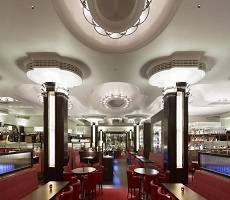
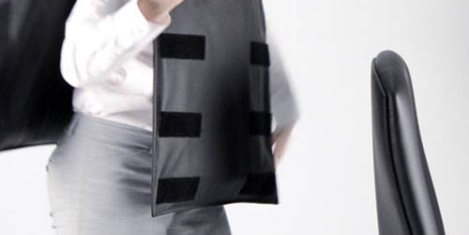
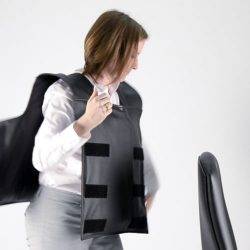

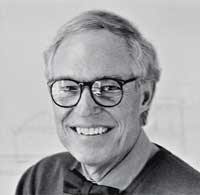
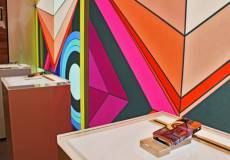















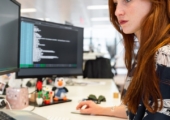
June 20, 2013
Half the time it’s management, not the design that makes the workplace stink
by Andrew Brown • Comment, Workplace, Workplace design
There is a general consensus around the workplace cognoscenti that design can and does impact upon the productivity and effectiveness of people in the workplace. That’s reflected in research, data and anecdotal exchanges, online and at events. What’s not often done is in linking this data to HR results, from employee surveys. While driven by professionally conscientious HR teams, their goal is shaped by the ever present desire to improve performance and hence save cash and enhance margins. In other words it’s a management initiative. But half the time it’s management who are the problem.
More →